Professional Dental Cleaning Tools
Professional Dental Tools’
Whenever you take a sip of water or a bite of food, the bacteria in your mouth can invade other parts of the body and cause serious health problems, as we all know from our own experience of food poisoning and other illnesses.
Brushing and flossing daily helps to keep the concentration of bacteria in the mouth under control, and a few times a year helps to keep oral health up to date. If you do not brush your teeth and / or floss regularly, you can get bacteria into your hands that can grow faster than your body can easily cope with.
These bacteria can be present in the blood and cause inflammation and infections such as ulcerative colitis, ulcers, tooth decay or even cancer. Gum disease can also pose a risk of diabetes, and certain general health conditions can affect oral health, showing how closely linked they are.
For example, lifestyle changes that improve oral health also reduce life risk – and thus the risk of serious diseases such as heart disease and stroke. Osteoporosis is associated with tooth loss and Alzheimer’s disease, which can affect oral health. We can use this symbiotic relationship to understand the relationship between oral health and general health and to further explore the link between dental health and the overall health of the body.
Smoking and chewing tobacco increase the risk of tooth decay, dental cancer and other serious dental diseases. Poor nutrition can lead to weak teeth, but regular brushing and flossing can lead to better dental health, such as teeth whitening and toothpaste, as well as better teeth.
Here are some of the professional dental tools you need to do this, as well as tips and tricks your dentist uses to care for you and your teeth.
Your dentist should have a good view of the inside of your mouth, including your back teeth, and you will almost certainly use them during your visit. A mirror allows you to see yourself from all angles and helps you to identify potential problems.
There are different types of probes that allow you to check your mouth and make sure everything is in order. The sharp probes are used to locate cavities and various oral problems, while the periodontal probe is used to measure periodontitis and to detect problems such as gum disease.
Teeth can be hard from the outside, but the enamel on them is incredibly sensitive, so the dentist can administer a topical anesthetic to numb and operate the mouth without causing pain.
The syringe is also used as an aid to administering local anaesthetic, which anaesthetises the teeth and gums, so that dentists can perform procedures that might otherwise be painful. If you are operating with a pain-causing procedure such as root canal, tooth extraction or even oral surgery, your dentist can give you an up-to-date anaesthetic that anaesthetises your mouth.
Syringes can be uncomfortable when administered, but they usually clear up in seconds, and they are also used to rinse and dry the mouth with water or air, which is necessary for some procedures.
While it is sometimes common to polish or smooth teeth after surgery, a drill can also be used to remove cavities attached to teeth before filling the cave, as well as to remove teeth from other parts of the mouth. Noise and vibration caused by drilling into the teeth are no cause for concern. Sometimes the material of the dental cavity is soft and drilling is not necessary, sometimes it is necessary.
A bucket excavator is used to remove any kind of decomposition, and stones are removed with a rubber scraper. A burner is usually used at the end of the process to smooth or polish teeth and remove scratches. The primary method of cleaning teeth is often used for dentures, but also for dental implants.
A small tube is used to suck off anything that blocks the mouth, and like a psoriasis curette has the ability to remove plaque without causing additional gum damage. Saliva dirt accumulates in the mouth and can make life difficult for the dentist. A curete, such as the scaler, has been used to remove plaque, but plaque can harden over time by being removed in a careful manner that requires scraping with tools.
X-rays are done to get a more detailed view of teeth and bones, and sometimes problems are not immediately visible. Problems such as early tooth decay are hard to spot without an X-ray, but sometimes the problem is not immediately apparent.
The most common method of getting an impression of the inside of the mouth is to fill a mold with liquid material and bite into it. The resulting impression can be filled with plaster and hardened to a model tooth, including cavities. It is also used to make suitable crowns, caps, mouthguards and braces, as well as for dental implants such as dentures. X-rays of teeth and other parts of a person’s mouth and jaw, but it can also be used to diagnose problems, for example, to diagnose tooth decay.
The Air and Water Sprayer is an air and water sprayer with a nozzle and a pressure sensor on the top of the device. Radius and intensity can be controlled by pressing the air or water key. The user can either spray air, water or both through the nozzle or create a jet of water mixed with air.
The atomized air is used to dry out the teeth themselves to get a better overview of what is happening in the mouth. During the cleaning process, you may be asked to shake the water that is injected into your mouth to remove the enamel from your teeth. The dentist, assistant or dental hygienist uses the sprayed water to remove dirt and other materials. After spraying, the water is often sucked in by one of the suction units and then led out by the other.
Please click the link below for the Best quality dental cleaning tools available in our eBay store
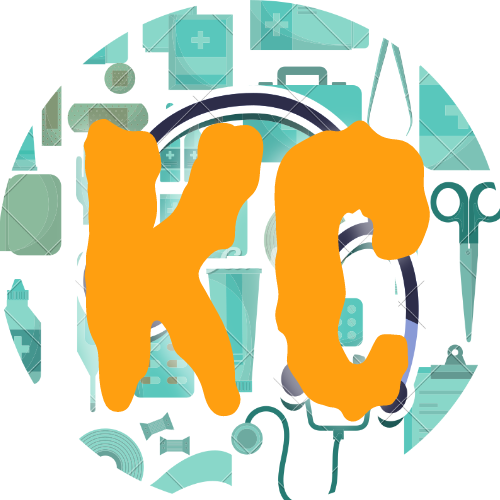
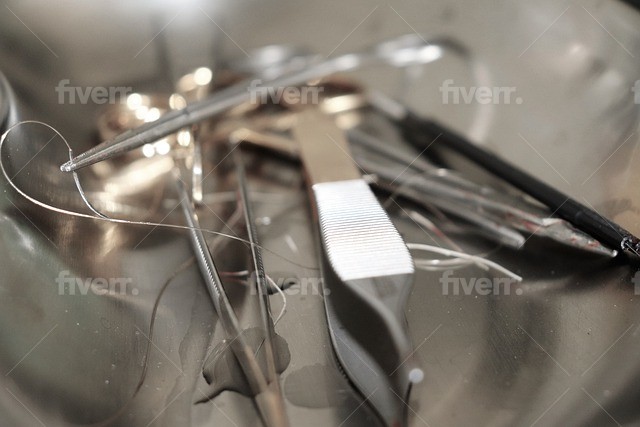
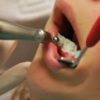
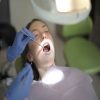
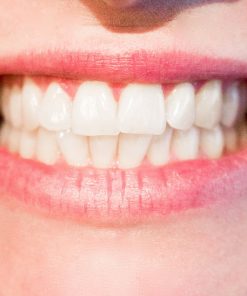
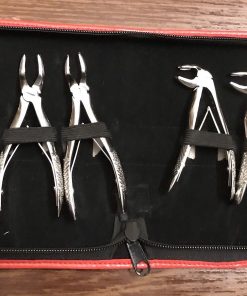
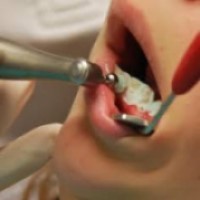
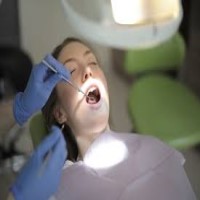
Reviews
There are no reviews yet.